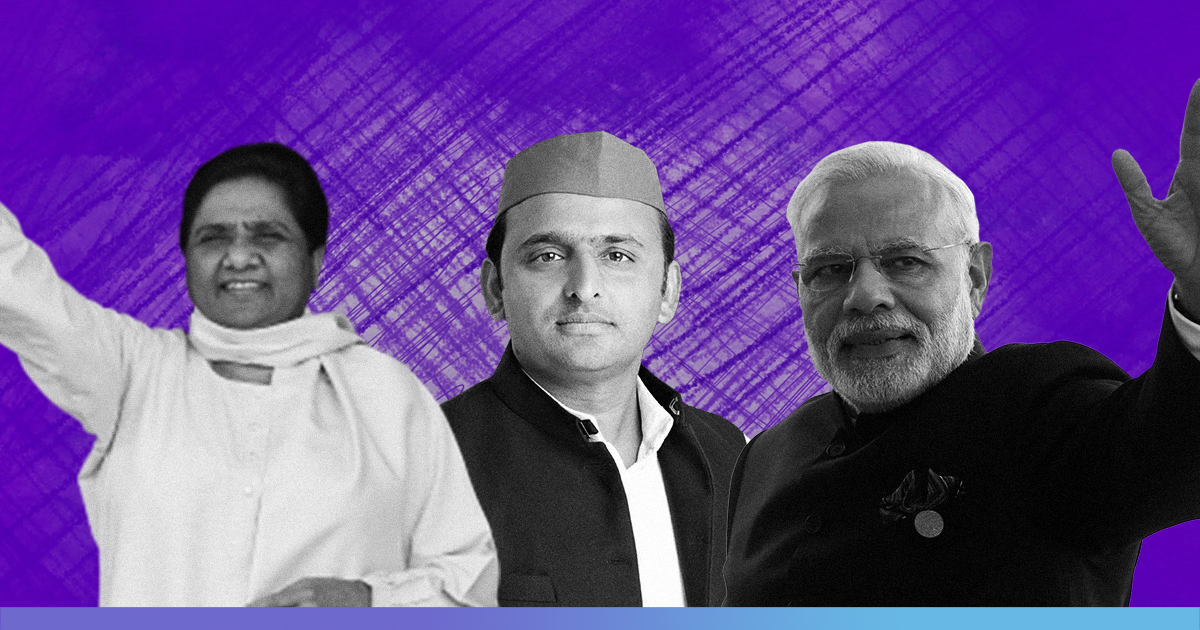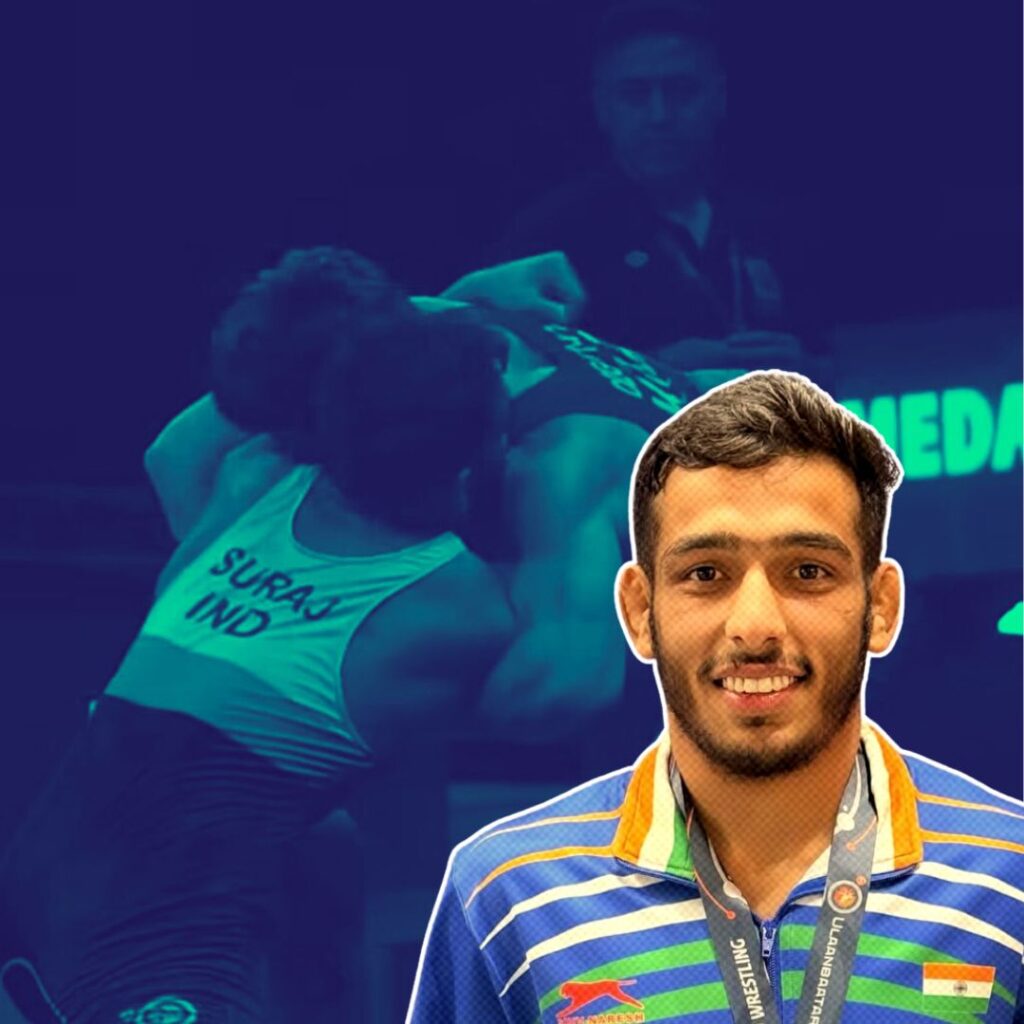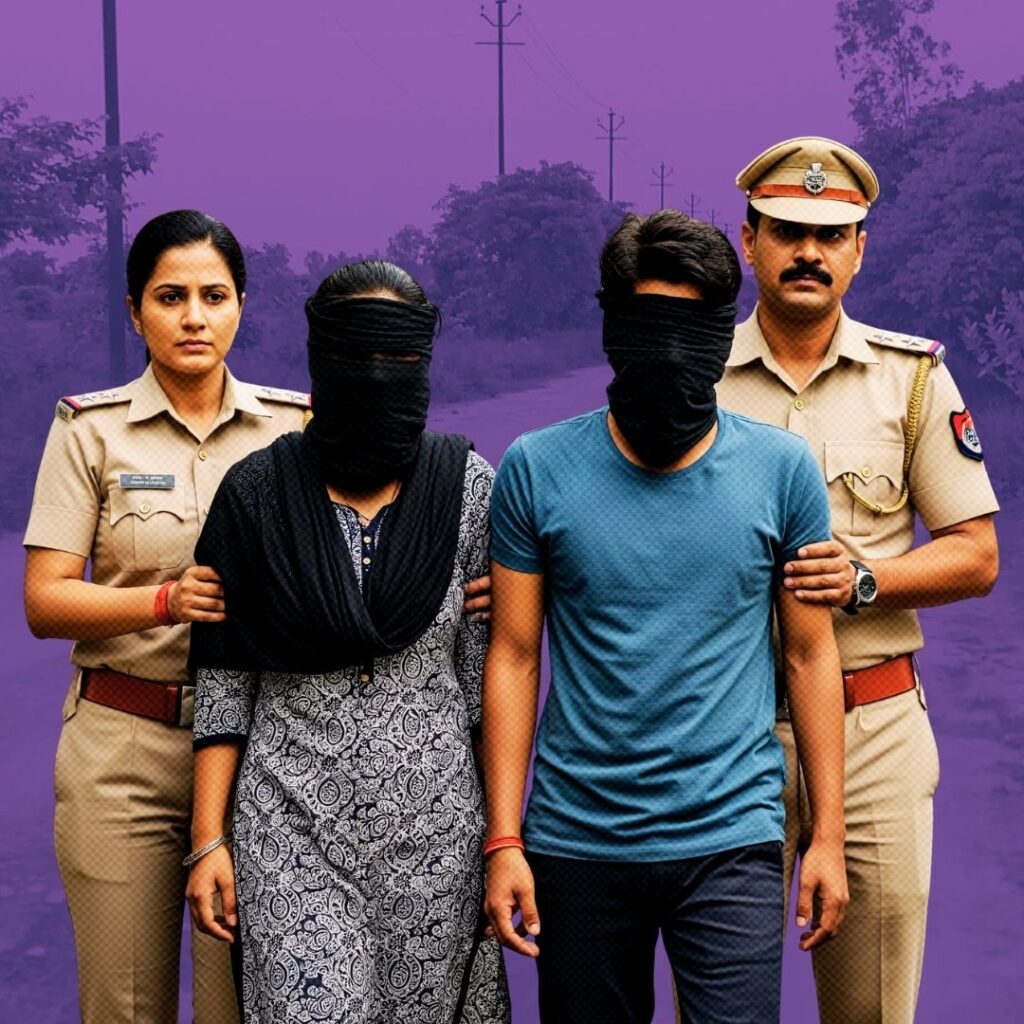The BJP won 62 out of 78 Lok Sabha constituencies it contested by securing 49.6% per cent of all votes polled in Uttar Pradesh – a state with the maximum number of seats in the country. The BJP won, despite two prominent parties of the state; Bahujan Samaj Party (BSP) and Samajwadi Party (SP), forming a coalition (Mahagathbandhan) to defeat the BJP.
It came as a shock to many, as Uttar Pradesh has voted on the caste line for nearly two decades. The SP with a core voter base of Yadav (9 per cent) and the BSP with Jatav (12 per cent) as its voter base ruled the roost for decades until BJP broke into their bastion in 2017.
Another community which plays a pertinent role in altering the mandate in the state is the Muslims, they form 20 per cent of the total population.
The BJP, known to have contest election on religious lines, has always found Muslim voters disenchanted with the party. Muslims traditionally voted for the Congress or other regional parties.
However, this time, Mahagathbandhan’s failure to rope in Congress, due to disagreement over seat sharing, resulted in the division of Muslim votes between the Congress and Mahagathbandhan. As a result, all three parties including the Congress, the SP and the BSP were restricted to 16 seats.
The trend which started during the 2014 general elections, where the BJP managed to secure a landslide victory by uniting non-Yadav OBCs (29%) and non-Jatav Dalits (7%), continued to bear fruitful results for the BJP in 2017 assembly elections and 2019 general elections.
During 2019 Lok Sabha elections, the BJP witnessed an increase of 7.3 per cent of total votes polled as compared to the 2014 election.
How BJP has managed to blur the caste divide?
Apart from uniting non-Yadav OBCs and non-Jatav Dalits, the BJP by appointing Hindutva hardliner Yogi Adityanath as a Chief Minister of the state further managed to woo upper caste voters on the religious line. Upper caste accounts for 18 per cent of the total votes in the state.
The BJP, in a bid to appease non-Yadav, non-Jatav and upper caste voters has considerably reduced the number of MP and MLA candidates from the minority population. The party, during the 2017 assembly elections, fielded only 24 Muslim candidates, a sharp decline from 68 during the 2012 state assembly elections.
In the 2019 general election, the BJP fielded only seven Muslim candidates all over the country out of 437, which is just over 1.6 per cent. Whereas Muslims comprise 14 per cent of the total population of India, and there are 85 Lok Sabha seats where Muslims are over 20% of the population.
Another factor that demolished caste divide, was the issue of national security. People unitedly voted for nationalism, cutting across sections of society, they praised PM Narendra Modi for Balakot strike, following the Pulwama terror attack.
Also Read: Dalits In Gujarat Village Allege Social Boycott For Refusing To Dispose Animal Carcasses











